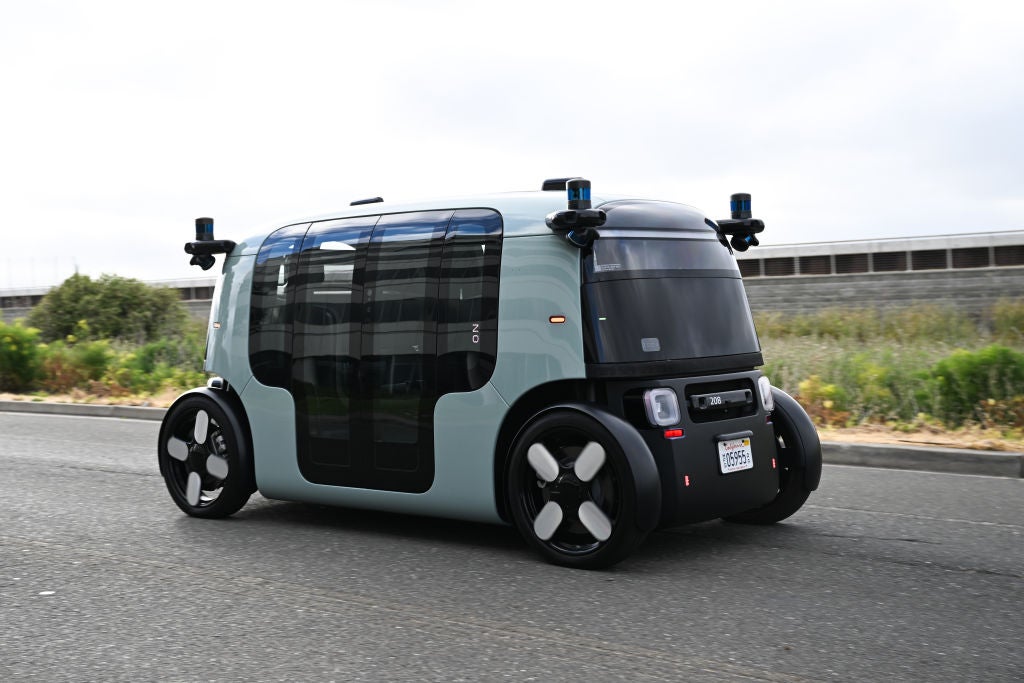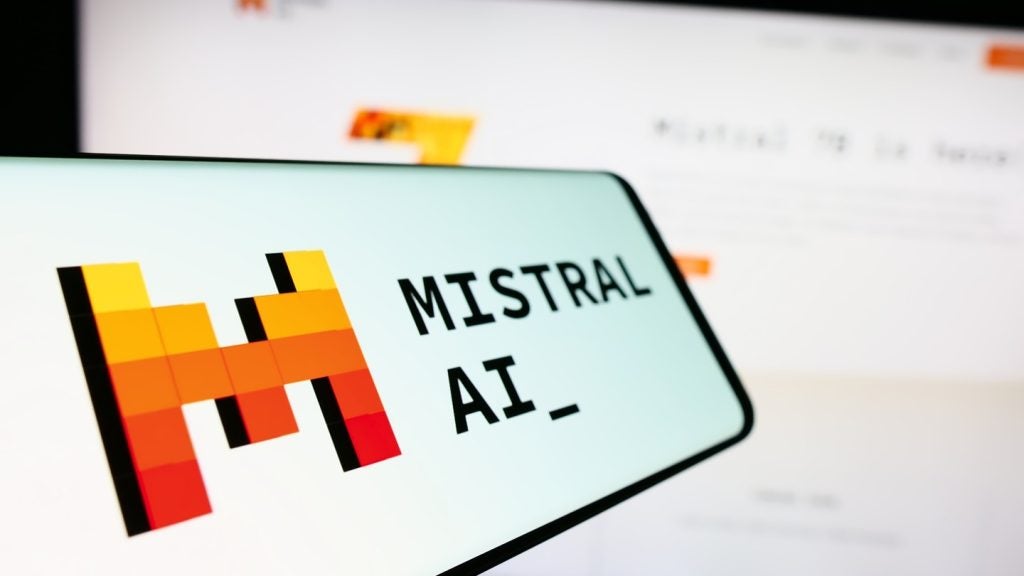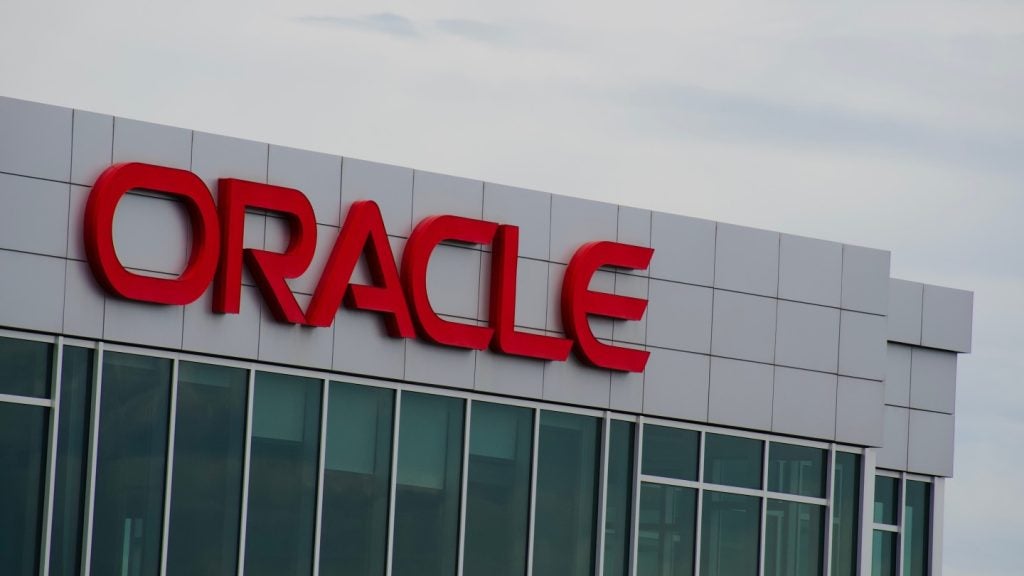
Amazon’s robotaxi unit Zoox announced on Wednesday (5 June) that it plans to start testing its autonomous vehicles (AV) in Miami and Austin, US, amid an investigation by the National Highway Traffic Safety Administration (NHTSA).
The new locations mark the fourth and fifth test sites for Amazon’s self-driving cars; the tech giant previously restricted testing to California and Nevada.
Amazon’s Zoox robotaxis are built with no steering wheels or pedals and can seat four passengers.
After two recent crashes, up to 500 Zoox self-driving cars are currently under investigation by the NHTSA.
It comes as fellow self-driving robotaxi companies such as Cruise and Alphabet’s Waymo have faced similar investigations by the NHTSA.
Drivers will not be able to experience roads full of completely autonomous vehicles for at least another 20 years, according to a report from research company GlobalData.
How well do you really know your competitors?
Access the most comprehensive Company Profiles on the market, powered by GlobalData. Save hours of research. Gain competitive edge.

Thank you!
Your download email will arrive shortly
Not ready to buy yet? Download a free sample
We are confident about the unique quality of our Company Profiles. However, we want you to make the most beneficial decision for your business, so we offer a free sample that you can download by submitting the below form
By GlobalDataGlobalData’s Thematic Research: Autonomous Vehicles (2023) report states that the path to Level 4 autonomous vehicles and above “is likely to be slow”.
Level 5 autonomy relates to self-driving cars that do not require any human interaction – meaning that when they are eventually deployed, they won’t have steering wheels or pedals.
“It is reasonable to assume, however, that a Level 4 vehicle newly launched in 2035 will be substantially superior to one launched in 2025, so the path towards Level 5 is likely to be gradual,” the report states.
The difficulty of commercialising autonomous vehicles has been one of the biggest hurdles to the industry’s progression.
“The early hype in expectations, a period that went from approximately 2015 to 2020, has given way to far more realistic positioning as the wide range of challenges to full commercial deployment becomes clearer,” it added.







